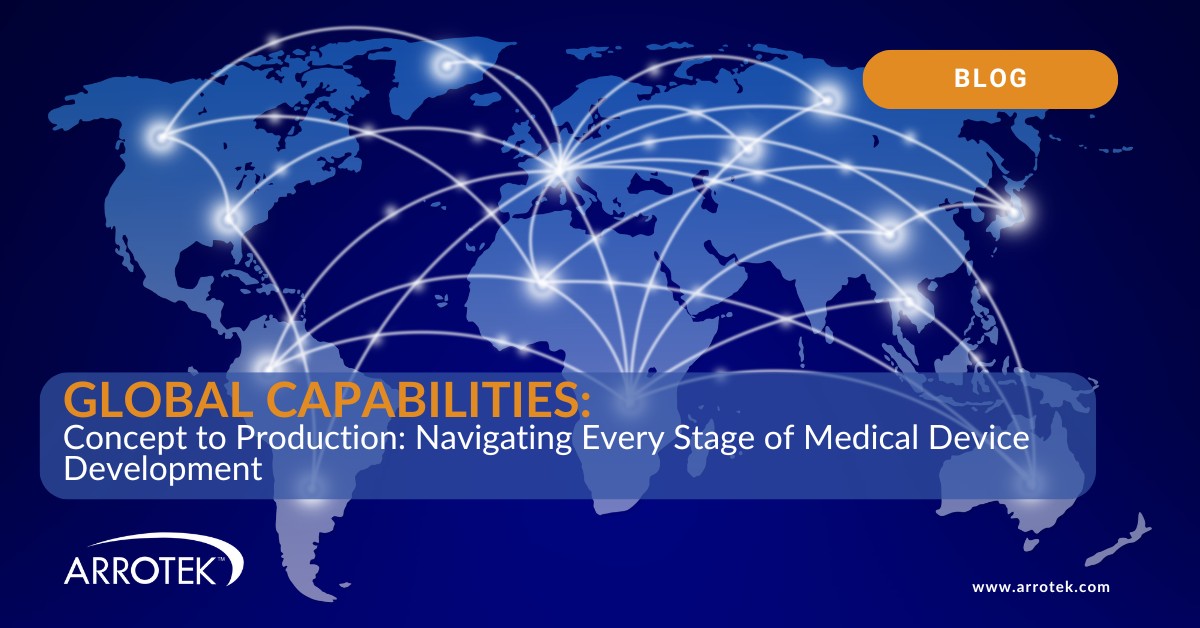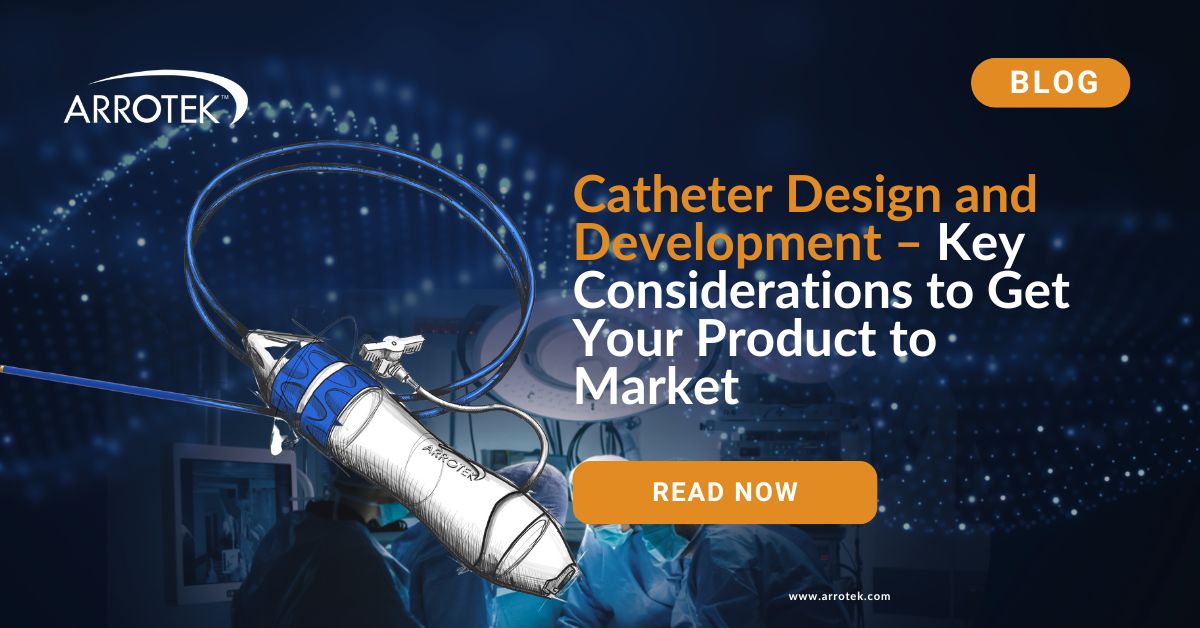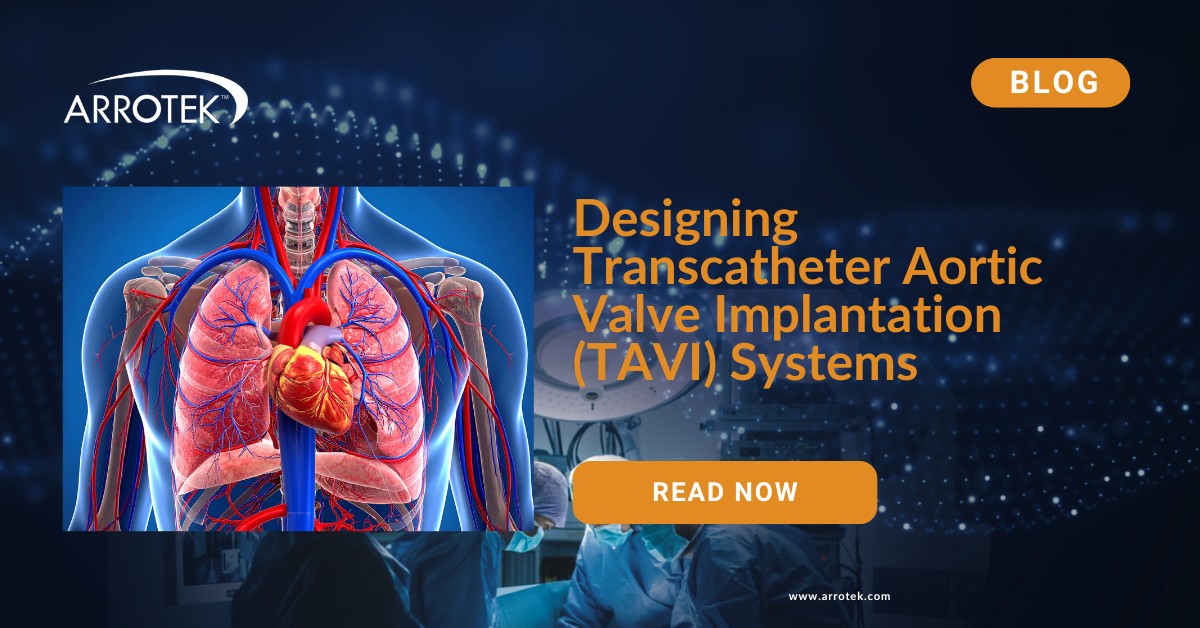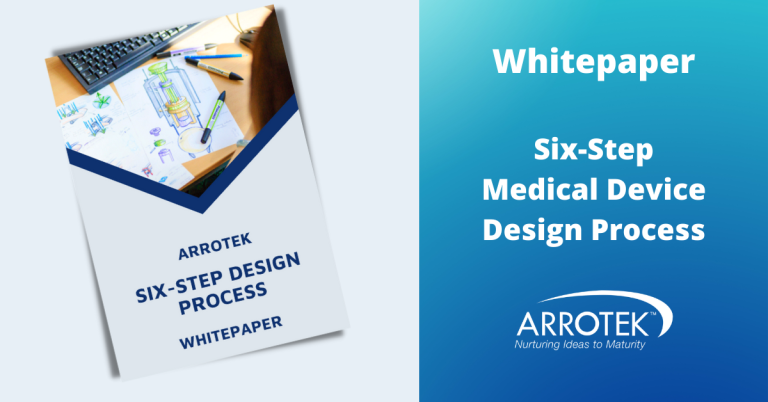Medical device development isn’t linear. It’s iterative, and each phase demands a different mix of engineering insight, regulatory foresight, and manufacturing know-how.
Whether you’re:
- Advancing a concept through early-stage R&D,
- Building functional prototypes for testing,
- Navigating regulatory pathways,
- Or scaling to commercial production
You need a partner with the ability to integrate these activities seamlessly.
Full-lifecycle support should cover:
- User needs analysis and functional definition
- Concept generation and design-for-manufacture (DFM)
- Rapid prototyping and iteration
- Pilot validation and preclinical testing
- Regulatory submission and compliance
- Scalable manufacturing and supply chain integration
What to Look for in a Global CDMO
When evaluating a Contract Design and Manufacturing Organization (CDMO) to support your device development, certain qualities and capabilities make a measurable difference in outcomes.
Here are key areas to assess:
1. End-to-End Integration
An ideal partner should eliminate silos between design, engineering, and manufacturing teams. Integration allows faster design iterations, better risk management, and fewer delays from handoffs between vendors.
2. Scalability from Early-Stage to High Volume
Support should align with your stage of growth—agile and collaborative for early-stage innovators, and scalable, compliant, and high-capacity for established programs. This adaptability ensures seamless continuity from concept through commercialization.
3. Strategic Global Footprint
With medical device markets becoming increasingly global, access to regional manufacturing and regulatory expertise is crucial. A footprint spanning North America, Europe, and Latin America can provide:
- Faster response times
- Local presence near OEMs and innovation hubs
- Resilient supply chains
4. Cross-Disciplinary Technical Expertise
From advanced catheter systems to miniature medical needles, today’s devices require deep technical know-how across a range of materials and manufacturing methods. A good CDMO combines innovation with hands-on process engineering experience.
5. Regulatory and Quality Systems Alignment
Ensuring compliance with FDA, EU MDR/CE, and other global standards isn’t just about passing audits, it’s about building quality into every part of the process. Look for:
- ISO 13485 certification
- Strong in-house regulatory support
- Experience with usability, shelf-life, transport, and sterilization validations
Real-World Examples of Specialized Capabilities by Region
To illustrate how Arroteks global capabilities translate into practice, let’s look at our three regional models that support different aspects of the device lifecycle:
Specializing in the production of high-precision metal components such as guidewires and needles. This site also plays a key role in the design and development of minimally invasive medical devices. With deep technical expertise and a strong engineering focus, Boston supports both early-stage innovation and pre-commercial development.
A core hub for polymer-based medical devices and minimally invasive delivery systems, Sligo is equipped with ISO Class 7 & 8 cleanrooms, catheter development labs, and comprehensive end-to-end capabilities. In addition to manufacturing, the site is deeply engaged in product development activities, supporting everything from concept exploration to clinical-grade prototyping.
Costa Rica
Designed for high-volume output, this facility emphasizes scalability and cost-efficiency, integrating automation and lean processes to support global production needs.
Quality by Design: A Proven Development Framework
A structured development framework helps bring ideas to life in a way that balances innovation with reliability. A well-established process might include:
- User and clinical needs analysis
- Concept ideation and feasibility evaluation
- Design for manufacturability and assembly (DFM/DFA)
- Prototype development and benchtop testing
- Iteration and design refinement
- Pre-clinical builds and regulatory documentation
Add to this: human factors engineering, risk management, labeling and packaging design, and full verification/validation (V&V) testing.
Ensuring Regulatory Readiness
Early regulatory engagement saves time and cost down the road. A CDMO with in-house regulatory support can assist with:
- FDA 510(k) and EU MDR/CE submission strategy
- Validation of sterilization, transport, and packaging
- ISO and ASTM standard testing
- Regulatory file preparation and submission support
Building Supply Chain Resilience
Today’s global landscape requires a proactive approach to supply chain planning. That includes:
- Geographic diversity of manufacturing sites
- Strong local sourcing networks
- Integrated material and production planning (e.g., Kanban systems)
- Vertical integration for precision control over critical components
This approach reduces the risk of disruption and ensures smoother transitions between development and commercialization phases.
As the medical device industry continues to evolve, companies that prioritize integration, flexibility, and quality across the full lifecycle are best positioned to succeed. Whether you’re an early-stage innovator or a global OEM, having access to strategic, well-coordinated CDMO support can be the difference between delays and speed-to-market.
Understanding these capabilities and knowing how to evaluate them empowers you to make smarter decisions for your next device development program.
Ready to Accelerate Your Next Medical Device Program?
Partner with Arrotek to bring your concept to life, with expert support at every stage, from design through global manufacturing.
Contact us today to schedule a consultation or learn more about our integrated CDMO capabilities.





